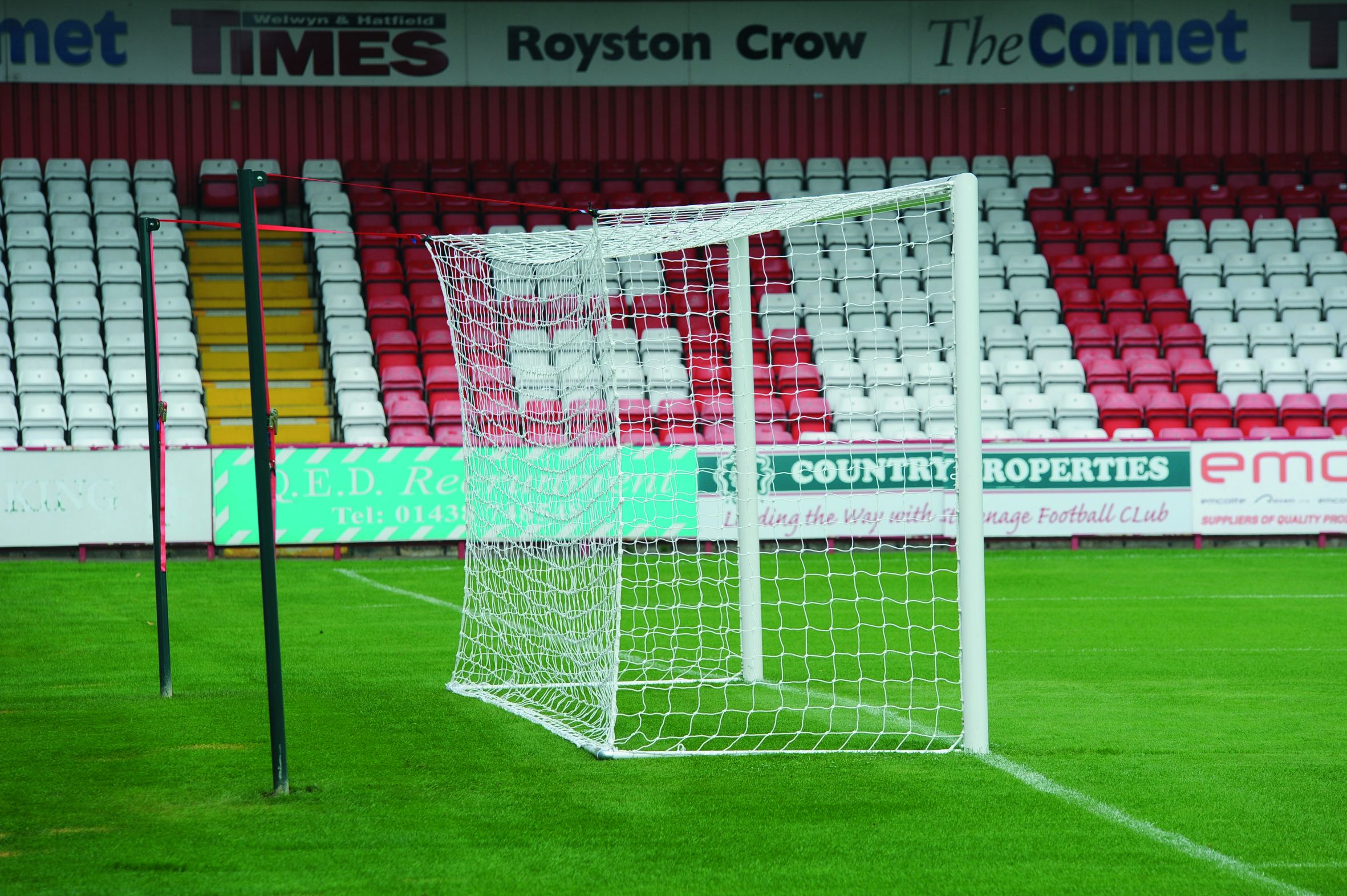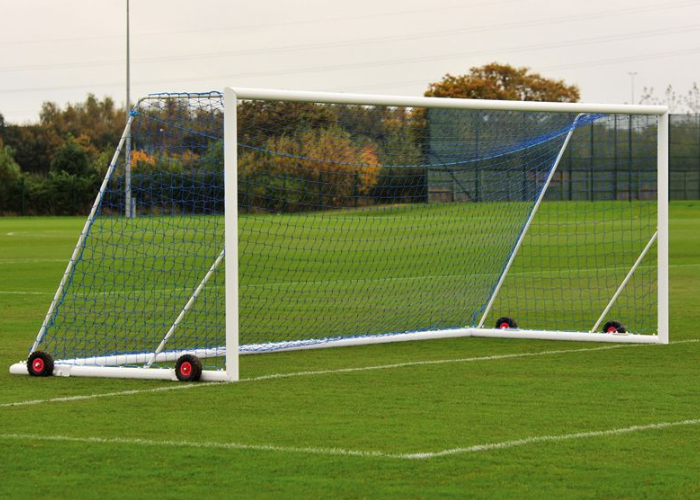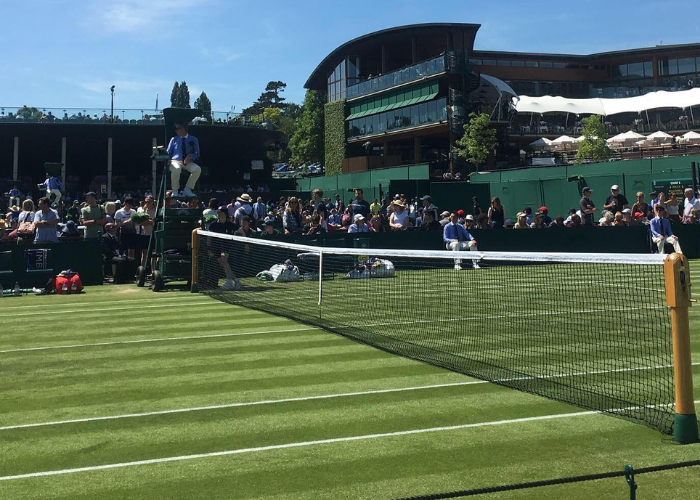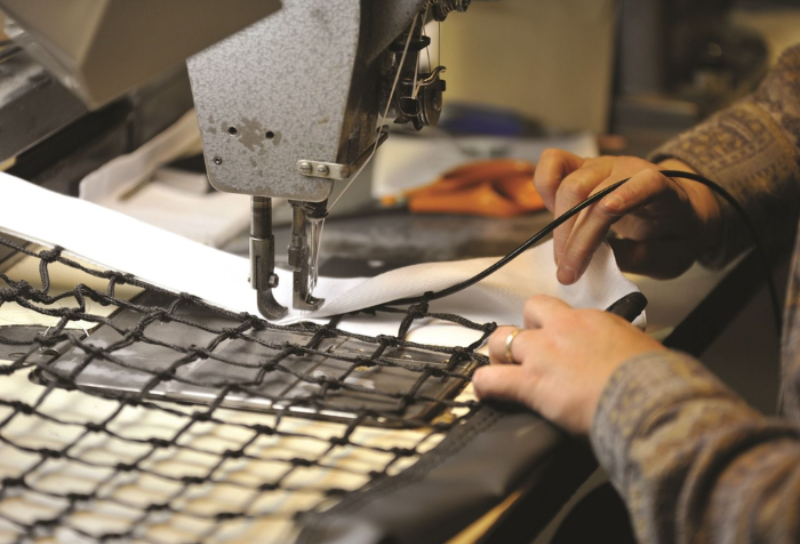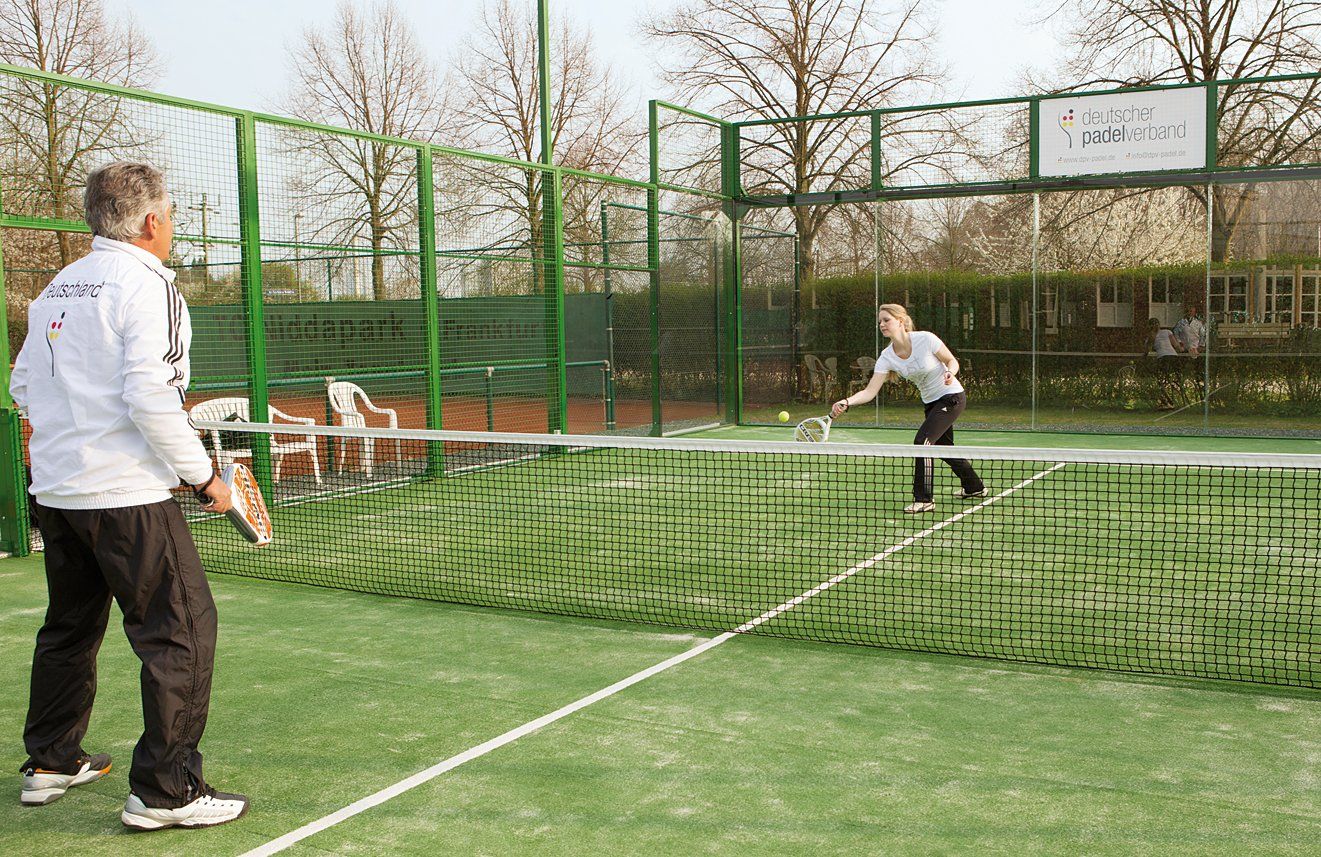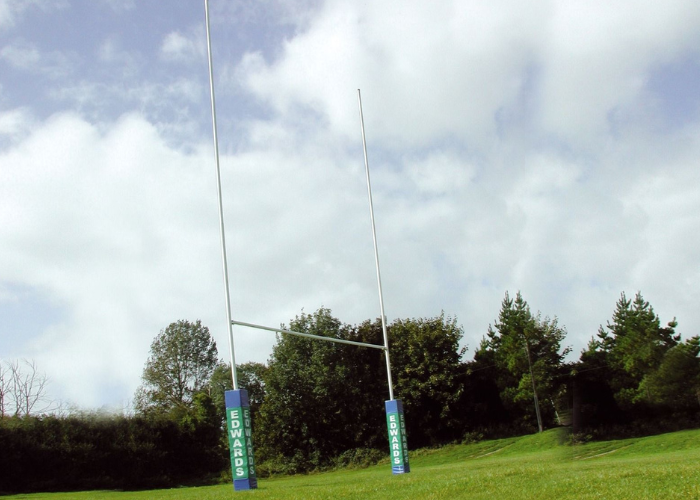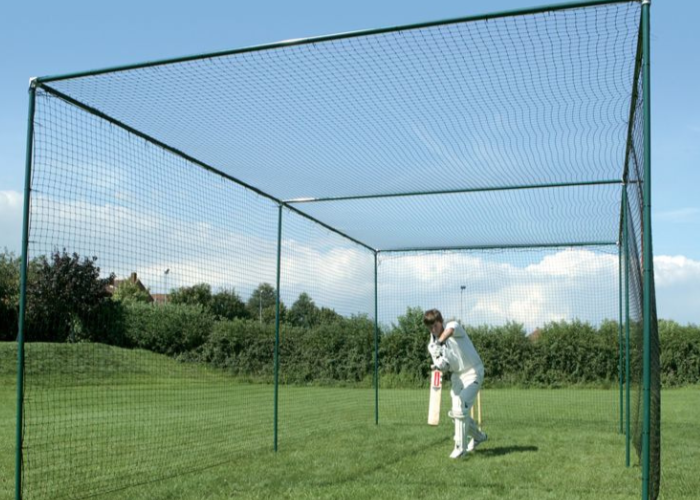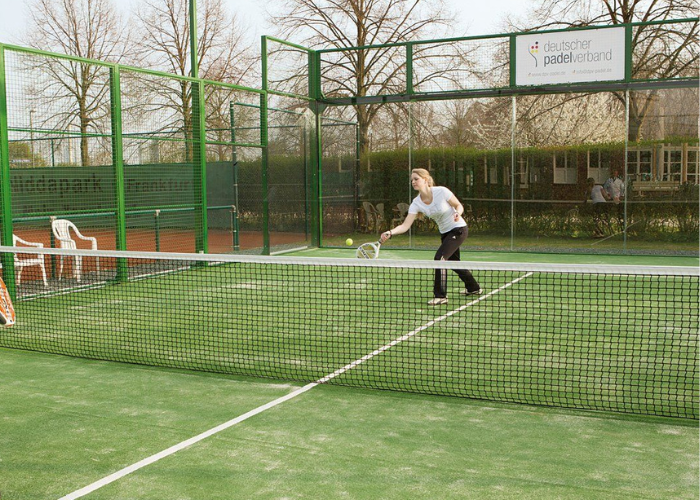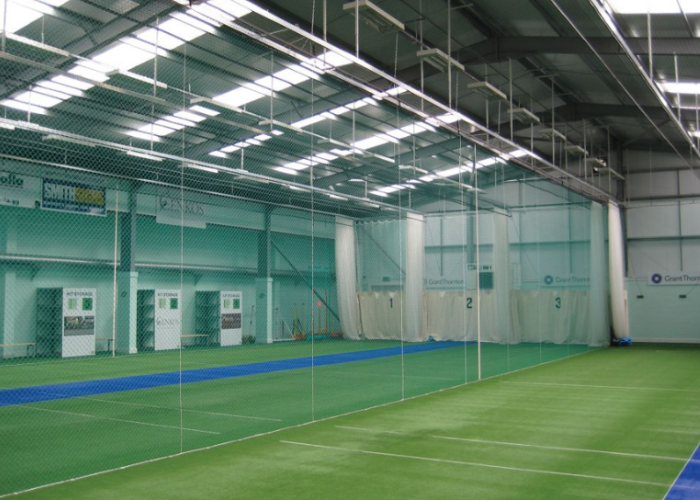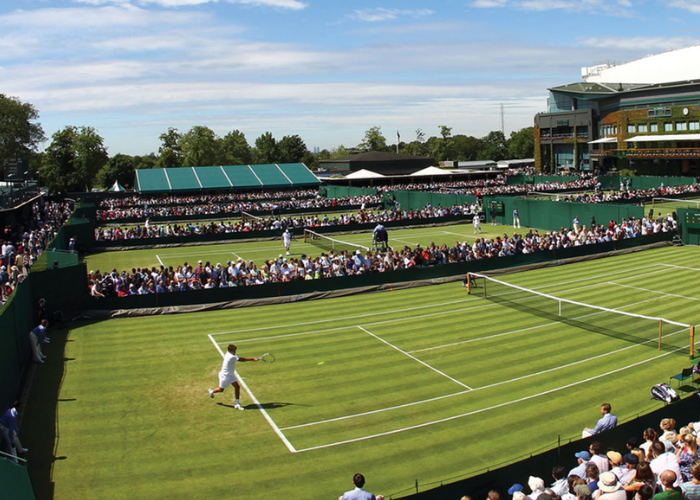We use cookies to make your experience better. To comply with the new e-Privacy directive, we need to ask for your consent to set the cookies. Learn more.
Padel Tennis Courts 101: The Full Low Down
- Admin
- Blog Posts
- 5 Jul 2023
-
36views
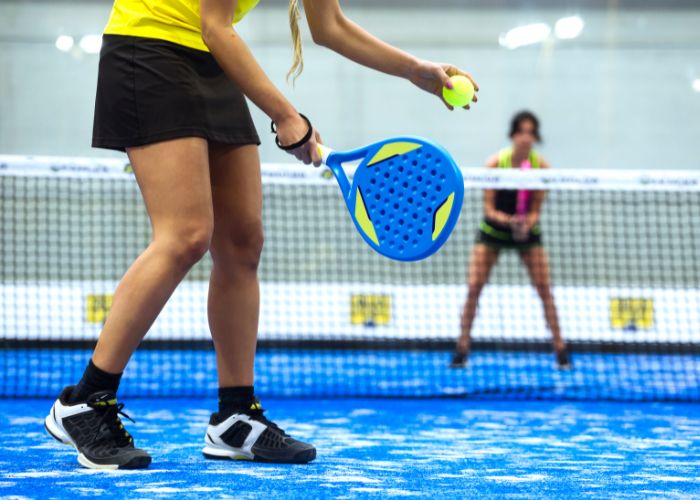
Learn all about the ins-and-outs of padel tennis courts at Edwards Sports! From the rules of the game to the construction of the court, we have everything you need to know right here.
With its roots tracing back to 1969 Mexico, Padel Tennis, a fascinating blend of tennis and squash, has since witnessed a surge in global popularity.
Europe and South America embraced the sport wholeheartedly, and today, it's gaining ground in the athletic sphere of the UK.
Padel is cherished by many due to its combined requirement of physical finesse and tactical acumen.
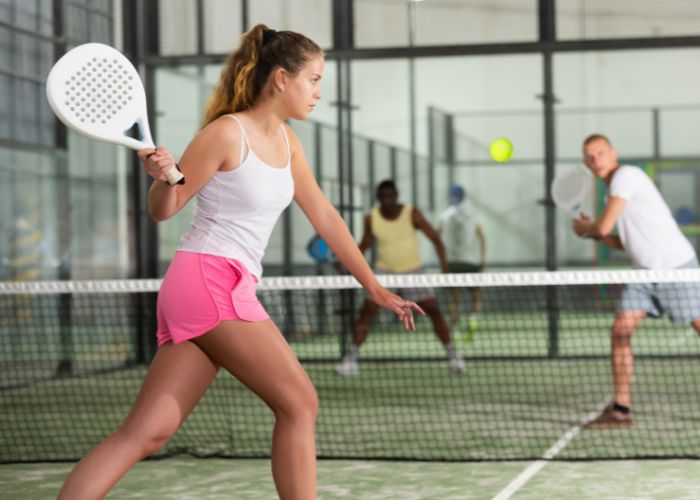
by ©JackF (Getty Images) via Canva.com
A Brief History of Padel Tennis
The inception of Padel Tennis is credited to Enrique Corcuera, a wealthy businessman from Mexico who conceived the idea in 1969.
With limited space at his residence, he built a smaller version of a tennis court, encased it within walls, and voila, Padel Tennis was born.
The sport quickly became popular among Corcuera's friends, one of whom was Alfonso de Hohenlohe, a Spanish business tycoon. Impressed by this unique sport, Hohenlohe introduced Padel Tennis to Spain, where it received an enthusiastic response. Today, it is considered Spain's second most popular sport, just behind football.
Padel Tennis Rules
One of the reasons Padel has grown in popularity is its simplicity and ease of learning. Played in doubles, the scoring system mimics that of traditional tennis. However, service must be underhand, adding to the uniqueness of the sport.
The play is allowed off the walls, similar to squash, and the net play requires players to exhibit their skill and agility. The smaller court size promotes longer rallies and places a greater emphasis on strategy over brute force.
Also, specific rules, such as no volleys on the serve and the ball allowed to bounce off the walls, inject the game with a unique dynamism that sets it apart from other racket sports.
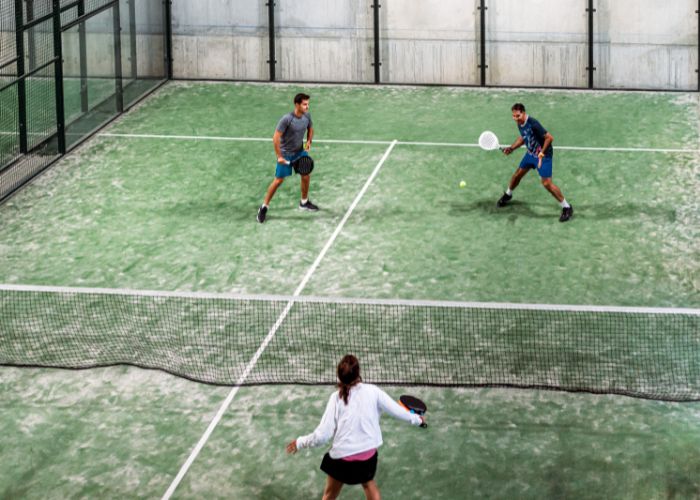
by ©David -Prado (Getty Images) via Canva.com
The Structure of Padel Tennis Courts
Padel tennis courts, unlike their tennis and squash counterparts, have a specific, regulated design.
The rectangular structure measures 10 metres in width and 20 metres in length, a size notably smaller than a traditional tennis court.
Contrary to regular tennis, where a ball hitting an external structure would be out of play, in Padel Tennis, it presents another opportunity to keep the rally alive. The flooring predominantly comprises synthetic grass, offering a slower ball speed that intensifies the strategic element of the sport.
Building a Padel Tennis Court
Constructing a Padel court involves careful planning and meticulous execution.
It starts with choosing a level piece of land and ensuring proper drainage is in place.
Next, the court's foundation is set, usually composed of crushed stone, for optimal drainage and stability.
After the foundation is ready, a layer of synthetic grass is installed. This synthetic surface must comply with the standards set by the International Padel Federation.
The enclosure is then constructed from a combination of toughened glass and metallic mesh, creating the unique playing conditions that make Padel Tennis so enthralling.
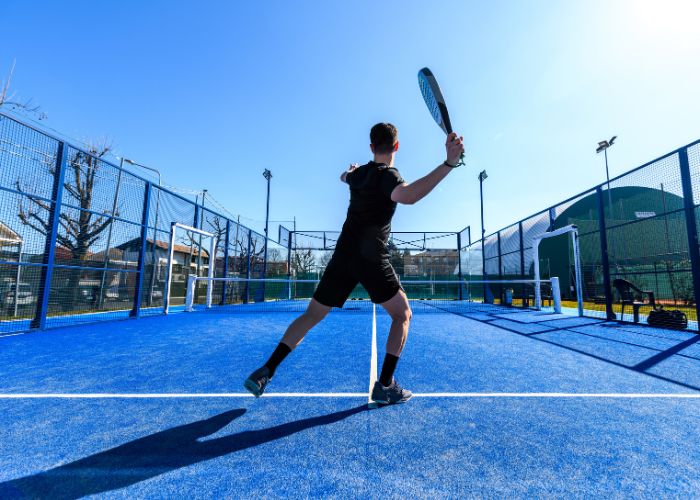
by ©ilbusca (Getty Images Signature) via Canva.com
Padel Tennis Court Lighting and Ventilation
Lighting and ventilation are two essential elements for a Padel court. Good lighting ensures that the court is usable even during late hours, while adequate ventilation is vital for a comfortable playing experience.
For lighting, LED fixtures are typically installed, providing clear, bright illumination. Ventilation is especially important for indoor courts.
It's necessary to maintain a comfortable temperature and to ensure that the court remains dry and safe for play.
Padel Court Maintenance
A well-maintained Padel court not only extends its longevity but also provides a superior playing experience.
Regular cleaning of the synthetic grass, inspecting the glass walls for damage, and checking the metallic mesh for any wear and tear are part of routine maintenance.
It's also necessary to ensure that the court's drainage system is functioning correctly to prevent water logging. Additionally, regular testing of the lighting and ventilation systems will ensure that the court remains in optimal playing condition all year round.
Padel Court Safety Measures
Safety is a primary concern when it comes to Padel courts.
The glass walls should be made of tempered safety glass to minimise the risk of injuries. The metallic mesh must be free from sharp edges, and the synthetic grass should be non-abrasive to avoid causing injuries to players.
Aside from the physical safety aspects, it's important to consider emergency access. Designing an easy access point for emergency medical services can be crucial in the unfortunate event of a serious injury. Therefore, safety measures should be integral to the design and construction of a Padel court.
Accessories for Padel Tennis Court
A variety of accessories can elevate the experience of playing on a Padel Tennis court.
A sturdy net is a must, and it should adhere to the official standards in terms of dimensions and design. Scoreboards, either manual or electronic, are great additions to keep track of the game's progress.
Comfortable seating arrangements for spectators and players waiting for their turn add a touch of convenience. Lastly, incorporating storage spaces for equipment like nets, rackets, and balls ensures a clutter-free environment and helps prolong the lifespan of the equipment.
The Takeaway: Padel Tennis Courts
Padel tennis, with its unique blend of tennis and squash, offers a distinct and exhilarating experience to sports enthusiasts.
The design and construction of a Padel Tennis court play a significant role in this experience, making it a pivotal aspect of the game.
By considering factors like court structure, lighting, ventilation, safety, maintenance, and accessories, you can ensure a state-of-the-art facility that will provide countless hours of enjoyment for all players.
FAQs
Are There Any Padel Tennis Courts in the UK?
Yes! There are over 250 padel courts in Britain, and it’s a sport that’s growing in popularity.
Can You Play Padel on a Normal Tennis Court?
Playing padel on a tennis court is likely to prove difficult. Padel Tennis requires a court that’s specifically designed for the game.
What Is the Best Material for Building a Padel Court?
The best material for building a padel court is concrete, as it provides a stable and durable surface. Other materials like asphalt or synthetic turf may be suitable in some cases.
Featured Image: by ©Lifestock via Canva.com





